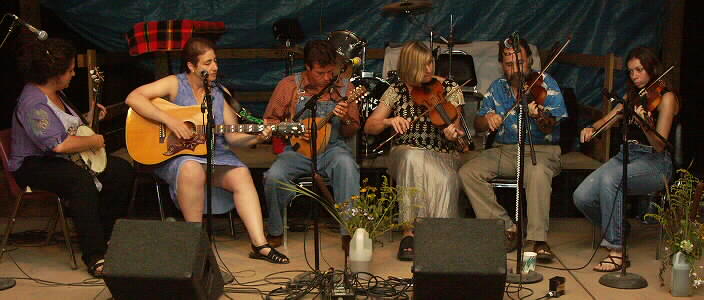A model approach to Membership Management
| I was chatting the other day with a friend who works as membership director for an association of universities. The discussion, of course, got around to software, and she said, "Most vendors' membership modules seem to be built around the idea that their main purpose is to help me keep track of my members." Well, if that was a crime, we were guilty - what else would the main purpose of a membership module be? "Most of a good membership director's work is not about tracking members" my friend explained. "It's about making sure existing members are being served, about retaining members, and about winning new members. The software needs to have tools that allow me to model the approach I take to member service and member sales." Looking at it this way, I see that membership management is a lot more like fundraising and grant management than I had thought - all three involve specialized forms of relationship management. In our MEMBERS ONLY software, most of the features needed to manage these relationships are not in those specific modules, but right in the core CRM. In our early meetings with new users, I hear a lot of oohing and ahhing over features in our CRM software that can assist in this area. I'm thinking of lists and list folders that can help you catagorize people and organizations into key consitutnet groupings. I'm thinking of ticklers with specific task types and topic assignments that can assist you in knowing the next step with each membership prospect. And of course the blast emailer that lets you communicate directly with any subgroup of your community.
How can you do this?
What steps do you need to take first to be able to use your system this way? And how can we help you take a general set of tools for Community Relationship Management and turn them into a focused approach to membership development? PLEASE LET US KNOW YOUR THOUGHT.... LEAVE A COMMENTLabels: membership, nptech |




